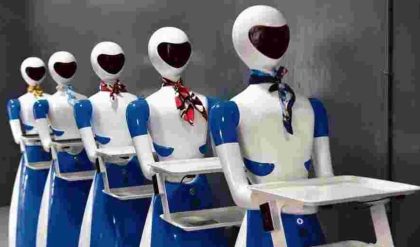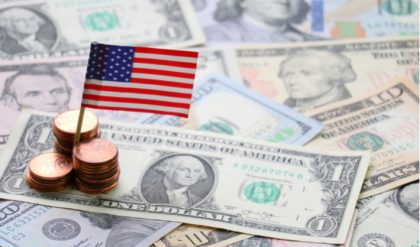As early as the 18th century, economists studied the decision-making processes of consumers, a principal concern of microeconomics. Swiss mathematician Nicolaus Bernoulli (1687-1759) proposed an extensive theory regarding consumer buying choices in what was perhaps the first written explanation of how this often mysterious and always complex process works.
According to Bernoulli’s theory, consumers make buying decisions based on the expected results of their purchases. Consumers are assumed to be rational thinkers who are able to forecast with reasonable accuracy the (hopefully) satisfactory consequences of what they buy. Among the available choices, consumers select to buy the product or service they believe will provide maximum satisfaction or well-being.
The Physiocrats
By the mid-1700s, the laissez-faire economic theory had become popular. The key principal behind laissez-faire – which is a French term for “leave alone” or “let you do” – is that the less government is involved in the economy, the better of businesses and society at large will be. The theory is thought to have originated with a group known as the Physiocrats, who thrived in France from about 1756 to 1778. They argued that a free market and free economic competition were vital to the health of a free society. Under laissez-faire, the government should intervene in the economy only to preserve property, life and individual freedom – otherwise, the natural, unchanging laws that govern market forces should be allowed to proceed without interference. (For more, see: The History of Economic Thought.)
Economist and philosopher Adam Smith dubbed these natural laws the “invisible hand.” The laissez-faire policy earned strong support in classical economics as it developed under Smith’s influence. (For related reading, see: What is the Effect of the Invisible Hand on Consumers?)
Smith and Marshall
Scottish-born Adam Smith (1723-1790) wrote in his book The Wealth of Nations that if the government does not tamper with the economy, a nation’s resources will be most efficiently used, free-market problems will correct themselves and a country’s welfare and best interests will be served. (For more, see Adam Smith: The Father of Economics.)
Smith’s views on the economy prevailed for the next two centuries, but in the late 19th and early 20th centuries, the ideas of Alfred Marshall (1842-1924), a London-born economist, had a major impact on economic thought.
In Marshall’s book Principles of Economics, Vol. 1, published in 1890, he proposed – as Bernoulli had three centuries earlier – the study of consumer decision making. Marshall proposed a new idea as well – the study of specific, individual markets and firms as a means of understanding the dynamics of economics. Marshall also formulated the concepts of consumer utility, price elasticity of demand and the demand curve, all of which will be discussed in the following chapter.
Keynes
At the time of Marshall’s death, John Maynard Keynes (1883-1946), who would become the most influential economist of the 20th century starting in the 1930s, was already at work on his revolutionary ideas about government management of the economy.
Born in Cambridge, England, Keynes’ contributions to economic theory have guided the thinking and policy-making of central bankers and government economists for decades, both globally and in the U.S. (For more, see: Can Keynesian Economics Reduce Boom-Bust Cycles?)
Much of U.S. monetary policy, the setting of key interest rates, government spending to stimulate the economy, support of private enterprise through various measures, tax policy and government borrowing through the issuance of Treasury bonds, bills and notes, has been influenced by the revolutionary ideas of Keynes, which he introduced in his books and essays. (See also: Giants of Finance: John Maynard Keynes.)
What all these concepts had in common was their advocacy of government management of the economy. Keynes advocated government intervention into free markets and into the general economy when market crises warranted, an unprecedented idea when proposed during the Great Depression. (For more, see: What Caused the Great Depression?)
Government spending to stimulate an economy – a Keynesian idea – was used during the Depression to put unemployed people to work, thus providing cash to millions of consumers to buy the country’s products and services. Most of Keynes’ views were the exact opposites of Adam Smith’s. An economy, for optimum functioning, must be managed by government, Keynes wrote. (For related reading, see The Federal Reserve.)
Thus was born the modern science of macroeconomics – the big picture view of the economy – evolving in large part from what came to be called Keynesian economic theory. These are among the tools of microeconomics, and their principles, along with others, are still employed today by economists who specialize in this area. (See also: Keynesian Theory.)
Keynes’ policies, to varying degrees, have been – and continue to be – employed with generally successful results worldwide in almost all modern capitalist economies. When economic problems occur, many economists attribute them to some misapplication or non-application of a Keynesian principle.





